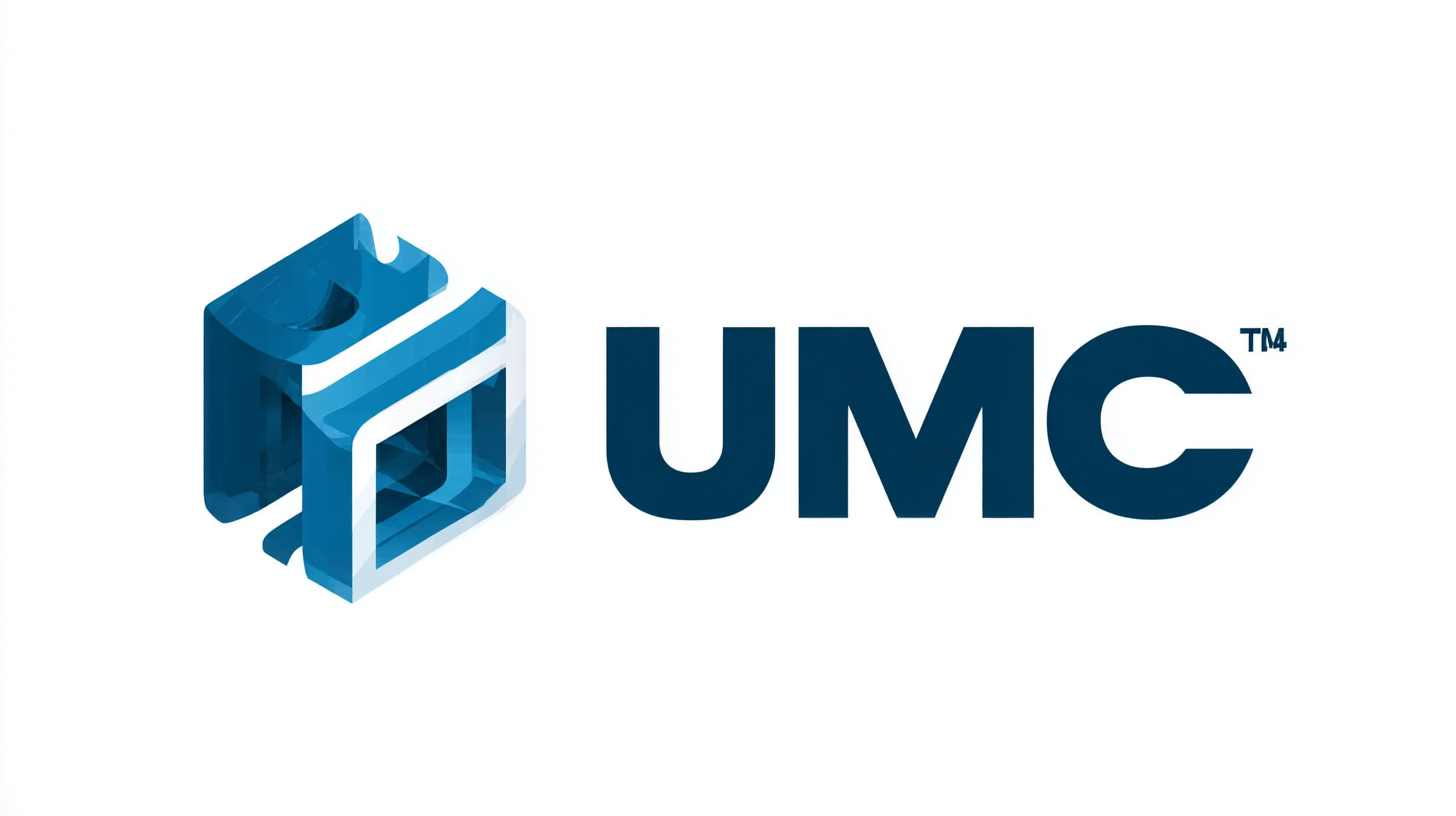

In an ever-evolving global marketplace, manufacturers are increasingly challenged to adapt to fast-paced changes in consumer demands and technological advancements. As we look ahead to 2025, understanding the emerging market trends and insights is crucial for manufacturers aiming to maintain a competitive edge. This Ultimate Guide delves into the key factors driving the industry, emphasizing the importance of quality and the pivotal role of Chinese manufacturers who are leading the charge in global exports. By focusing on quality and innovation, these manufacturers not only cater to domestic needs but also position themselves as formidable players on the international stage. Join us as we explore the trends that will shape the future of manufacturing, ensuring that businesses remain resilient and successful in an increasingly interconnected world.

In 2025, the global shampoo market is expected to witness substantial growth, with its size projected to reach $38.23 billion, expanding to $56.59 billion by 2032. This growth trajectory reflects a compound annual growth rate (CAGR) of 5.76%, indicating a thriving industry heavily influenced by consumer preferences towards organic and eco-friendly products. The rising demand for natural ingredients and sustainable packaging solutions is redefining product development and marketing strategies among manufacturers, making it a critical area of focus for the coming years.

Similarly, the nutraceuticals market showcases an impressive potential, with a projected increase from $500.62 billion in 2025 to $986.85 billion by 2032. This underscores a growing consumer inclination towards health-oriented products, driven by the increasing awareness of nutrition's role in overall well-being. As the industry evolves, manufacturers are expected to adopt innovative technologies and personalized solutions to cater to the diverse needs of health-conscious consumers, positioning themselves strategically within the competitive landscape. With these trends painting a dynamic picture, the manufacturing sector is set to undergo significant transformations aligned with emergent market demands.
In the ever-evolving landscape of manufacturing, a comprehensive SWOT analysis is crucial for understanding the market position of leading companies. Analyzing strengths reveals key advantages such as innovative products or robust brand recognition, which can propel a manufacturer ahead of its competitors. For instance, a strong distribution network can enhance market reach, enabling faster delivery and improved customer satisfaction.
However, weaknesses also play a vital role in shaping a company's strategy. Identifying areas for improvement, such as outdated technology or high production costs, allows firms to pivot and adapt. Manufacturers must be aware of these gaps to remain competitive and innovative.
When exploring opportunities, companies should focus on market trends that indicate consumer demand for sustainability and advanced technology. Embracing these changes can lead to new product lines or improvements in efficiency. Meanwhile, staying vigilant about potential threats—like economic downturns or disruptive competitors—can help businesses mitigate risks and maintain their market position.
Tip: Regularly update your SWOT analysis to reflect current market conditions and ensure that your strategy remains aligned with both opportunities and challenges.

As we look towards 2025, the manufacturing landscape is being profoundly shaped by emerging technologies that redefine conventional practices. Among the most significant trends is the incorporation of advanced data management and security systems, enabling manufacturers to harness data effectively. This shift is crucial as companies prioritize innovation while addressing the ongoing skills gap in the workforce. Smart manufacturing systems are proving to be integral, with studies indicating that these technologies enhance factory agility, attract skilled labor, and boost overall productivity.
Furthermore, transformative technologies such as chiplet development in the semiconductor sector open up new avenues for miniature chip designs, enhancing performance and efficiency. In other domains, innovations in materials science, including the rise of anti-bacterial and VOC-free paints, demonstrate a growing commitment to sustainability and safety in manufacturing processes. The integration of software not only streamlines production but also enhances the functionality of end products, positioning the industry for a future that emphasizes smart, connected solutions. With these advancements, manufacturers are poised to adapt and thrive in an increasingly competitive environment.
The consumer goods landscape is experiencing transformative shifts as preferences evolve in response to various factors, including health consciousness and sustainability. The paper straw market, for instance, is projected to reach a value of $102.94 million by 2025, with an impressive growth rate expected to culminate at $43.11 million by 2033. This trend reflects an increasing demand for environmentally friendly alternatives among consumers who prioritize sustainability in their purchasing decisions.
In the cosmetics sector, consumer preferences continue to shape market dynamics, with the industry valued at approximately $82.05 billion. Forecasts suggest it could surge to $143.10 billion by 2032, demonstrating a robust annual growth rate of 7.2%. This growth is largely driven by an escalating interest in personalized products and clean beauty standards, as consumers seek formulations that align with their individual values and needs.
Similarly, the fast-moving consumer goods (FMCG) packaging market is set to grow from $823.83 billion in 2024 to $1.34 trillion by 2032, showcasing a CAGR of 6.28%. This increase is a testament to the rising consumer demand for convenience and sustainability, compelling manufacturers to innovate and adapt their packaging solutions accordingly. As these trends unfold, understanding consumer insights will be crucial for businesses aiming to thrive in the competitive market landscape.
| Segment | Consumer Preference (%) | Key Trends | Insights |
|---|---|---|---|
| Electronics | 35% | Sustainability and smart features | Consumers prefer innovative and eco-friendly products |
| Home Appliances | 25% | Energy efficiency and IoT integration | Demand for smart technology and energy savings |
| Fashion | 20% | Sustainable materials and personalized styles | Focus on ethical sourcing and custom options |
| Health & Wellness | 15% | Organic products and holistic approaches | Increase in demand for natural and health-focused items |
| Food & Beverages | 5% | Plant-based and functional foods | Growth in vegan options and health benefits |
As we head towards 2025, sustainability practices in manufacturing have become more essential than ever. Manufacturers are increasingly adopting eco-friendly processes to reduce their carbon footprint and ensure resource efficiency. This comparative overview highlights key trends adopted by leading manufacturers across various sectors. Many companies are integrating renewable energy sources into their production lines, leading to substantial reductions in greenhouse gas emissions. The shift towards circular economy principles is also gaining traction, where businesses seek to minimize waste by reusing materials and implementing recycling programs.
In addition to energy management and waste reduction, sustainable supply chain practices play a crucial role in shaping the future of manufacturing. Forward-thinking companies are prioritizing ethical sourcing and fostering transparency throughout their supply chains. By collaborating with suppliers who share similar sustainability values, they not only enhance their brand image but also mitigate risks associated with environmental regulations. Furthermore, advancements in technology, such as IoT and AI, are empowering manufacturers to track their environmental impact more effectively, leading to smarter, more sustainable decision-making processes. These initiatives reflect a broader commitment to sustainability that defines the manufacturing landscape in 2025.
This chart illustrates the projected adoption rates of various sustainability practices in manufacturing by 2025. The data reflects the growing trend towards environmentally friendly processes in the industry.